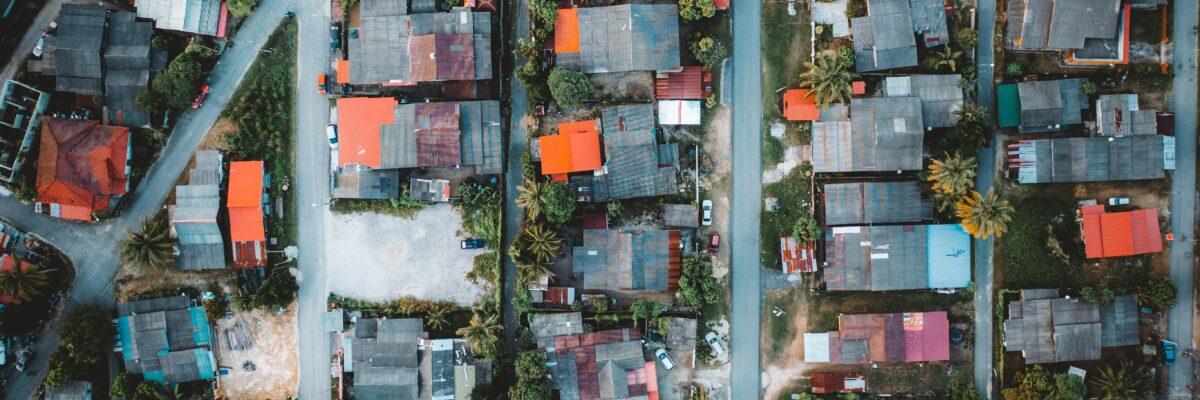
Environmental Justice Mapping
As environmental justice activism and policy work continue to progress, local, state, and federal programs must first identify environmental justice communities. As defined by EPA, environmental justice communities (EPA uses the term “overburdened communities”) are those minority, low-income, Tribal, or indigenous groups that are disproportionately burdened by the cumulative impacts of environmental abuse. This concept of cumulative impact refers to the negative public health, environmental, and social effects that result from the combined exposures to pollution and improper land use that EJ communities are often subject to in this country. By tracking areas experiencing cumulative impacts, advocates have been able to identify the communities that are faced with consistently disproportionate environmental and social stressors, and work to better recognize and follow the proper path towards resolving the environmental issues that affect these communities.
Our Expanding AG EJ Practice resource provides tools states and agencies use in these efforts.
